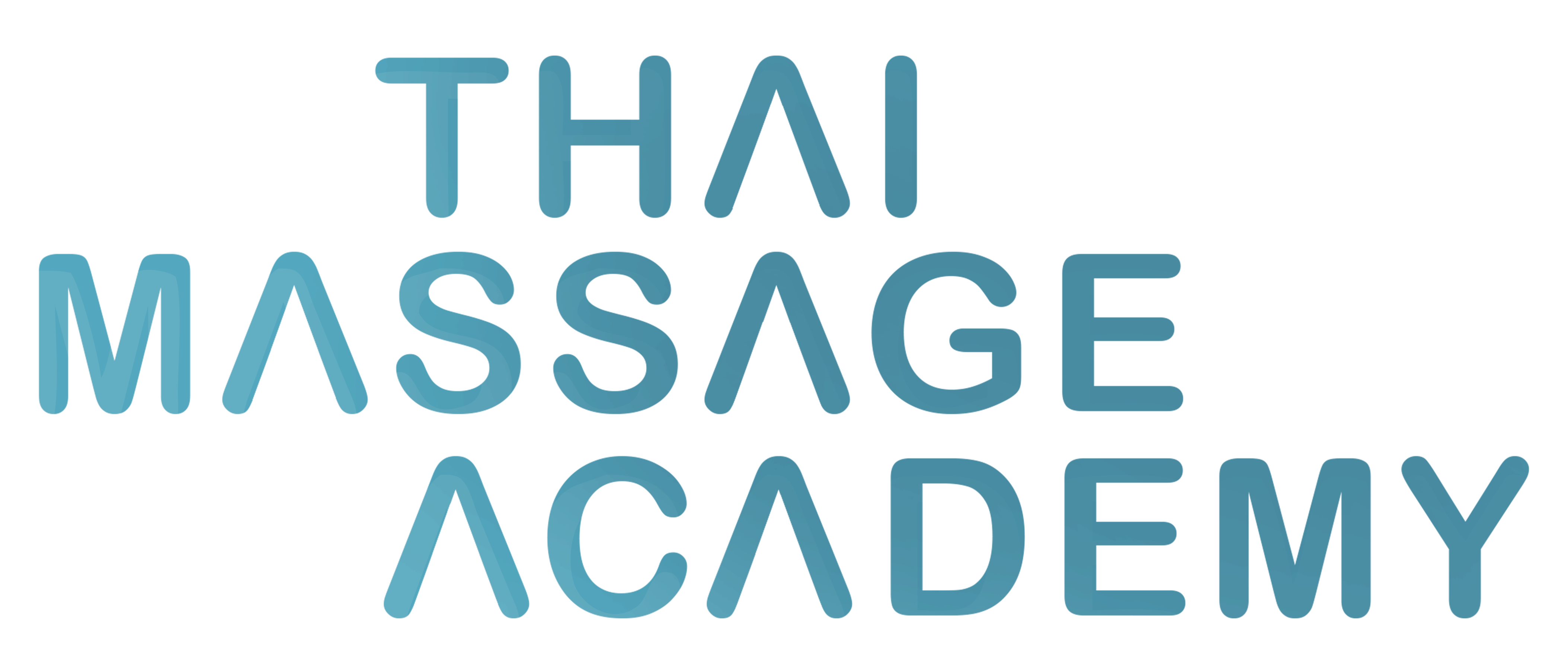Yin yoga is a slow-paced style of yoga that involves holding seated or supine poses for several minutes at a time. It is designed to stretch and strengthen the connective tissue in the body, particularly in the lower part of the body such as the hips, pelvis, and lower spine.
In a Yin yoga class, poses are typically held for 3-5 minutes, with the use of props such as blankets, blocks, and straps to support the body and allow for a deeper stretch. The practice is typically done on the floor, and can involve seated, supine, or prone postures.
One of the main goals of Yin yoga is to improve flexibility and increase circulation in the body, as well as to cultivate a sense of inner calm and relaxation. It is often considered a complementary practice to more dynamic styles of yoga, and can be a good option for those seeking a more restorative and meditative practice.
Some of the benefits of Yin yoga include increased flexibility, improved joint health, reduced stress and anxiety, and increased relaxation. It is a good practice for anyone looking to improve their flexibility, reduce stress, or cultivate a sense of inner calm and relaxation.
Here is a sample Yin Yoga sequence that you can try:
- Sukhasana (Easy Pose) – Begin in a comfortable seated position, such as easy pose or cross-legged pose. Take a few deep breaths, closing your eyes and allowing yourself to fully relax.
- Baddha Konasana (Bound Angle Pose) – From seated, bring your right foot over your left leg, stacking your right ankle on top of your left knee. Draw your left heel in towards your pelvis, and sit up tall, finding a long spine. Stay here for 5 breaths.
- Dandasana (Staff Pose) – From seated, extend your right leg out in front of you, flexing your foot. Bring your left ankle on top of your right knee, and sit up tall, finding a long spine. Stay here for 5 breaths.
- Baddha Konasana (Bound Angle Pose) – From seated, bring your right ankle on top of your left knee, and sit up tall, finding a long spine. Stay here for 5 breaths.
- Dandasana (Staff Pose) – From seated, extend your right leg out in front of you, flexing your foot. Bring your left ankle on top of your right knee, and sit up tall, finding a long spine. Stay here for 5 breaths.
- Baddha Konasana (Bound Angle Pose) – From seated, bring your right ankle on top of your left knee, and sit up tall, finding a long spine. Stay here for 5 breaths.
- Dandasana (Staff Pose) – From seated, extend your right leg out in front of you, flexing your foot. Bring your left ankle on top of your right knee, and sit up tall, finding a long spine. Stay here for 5 breaths.
- Baddha Konasana (Bound Angle Pose) – From seated, bring your right ankle on top of your left knee, and sit up tall, finding a long spine. Stay here for 5 breaths.
- Dandasana (Staff Pose) – From seated, extend your right leg out in front of you, flexing your foot. Bring your left ankle on top of your right knee, and sit up tall, finding a long spine. Stay here for 5 breaths.
- Baddha Konasana (Bound Angle Pose) – From seated, bring your right ankle on top of your left knee, and sit up tall, finding a long spine. Stay here for 5 breaths.
- Dandasana (Staff Pose) – From seated, extend your right leg out in front of you, flexing your foot. Bring your left ankle on top of your right knee, and sit up tall, finding a long spine. Stay here for 5 breaths.
- Baddha Konasana (Bound Angle Pose) – From seated, bring your right ankle on top of your left knee, and sit up tall, finding a long spine. Stay here for 5 breaths.
- Dandasana (Staff Pose) – From seated, extend your right leg out in front of you, flexing your foot. Bring your left ankle on top of your right knee, and sit up tall, finding a long spine. Stay here for 5 breaths.
- Baddha Konasana (Bound Angle Pose) – From seated, bring your right ankle on top of your left knee, and sit up tall, finding a long spine. Stay here for 5 breaths.
- Dandasana (Staff Pose)



